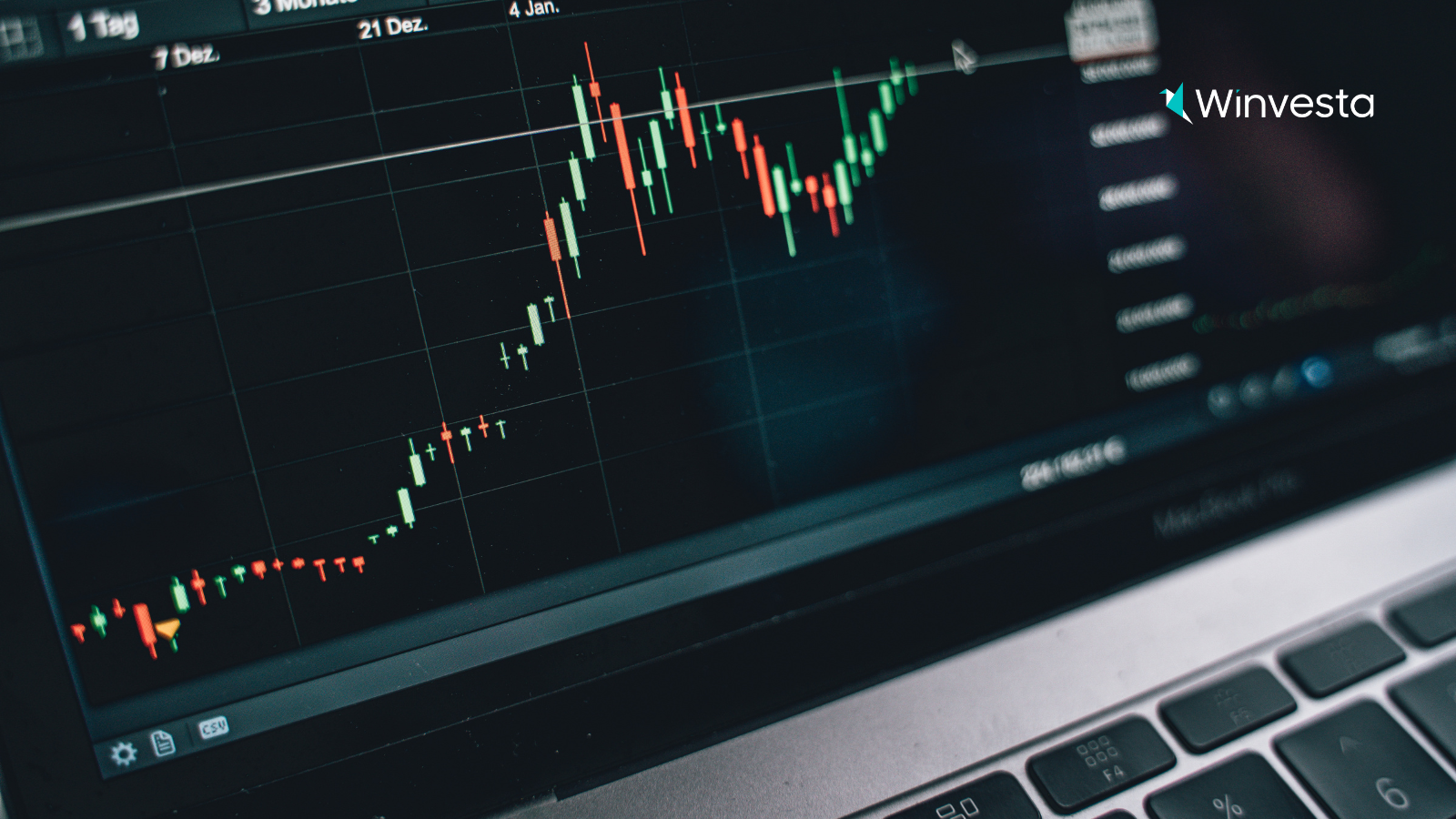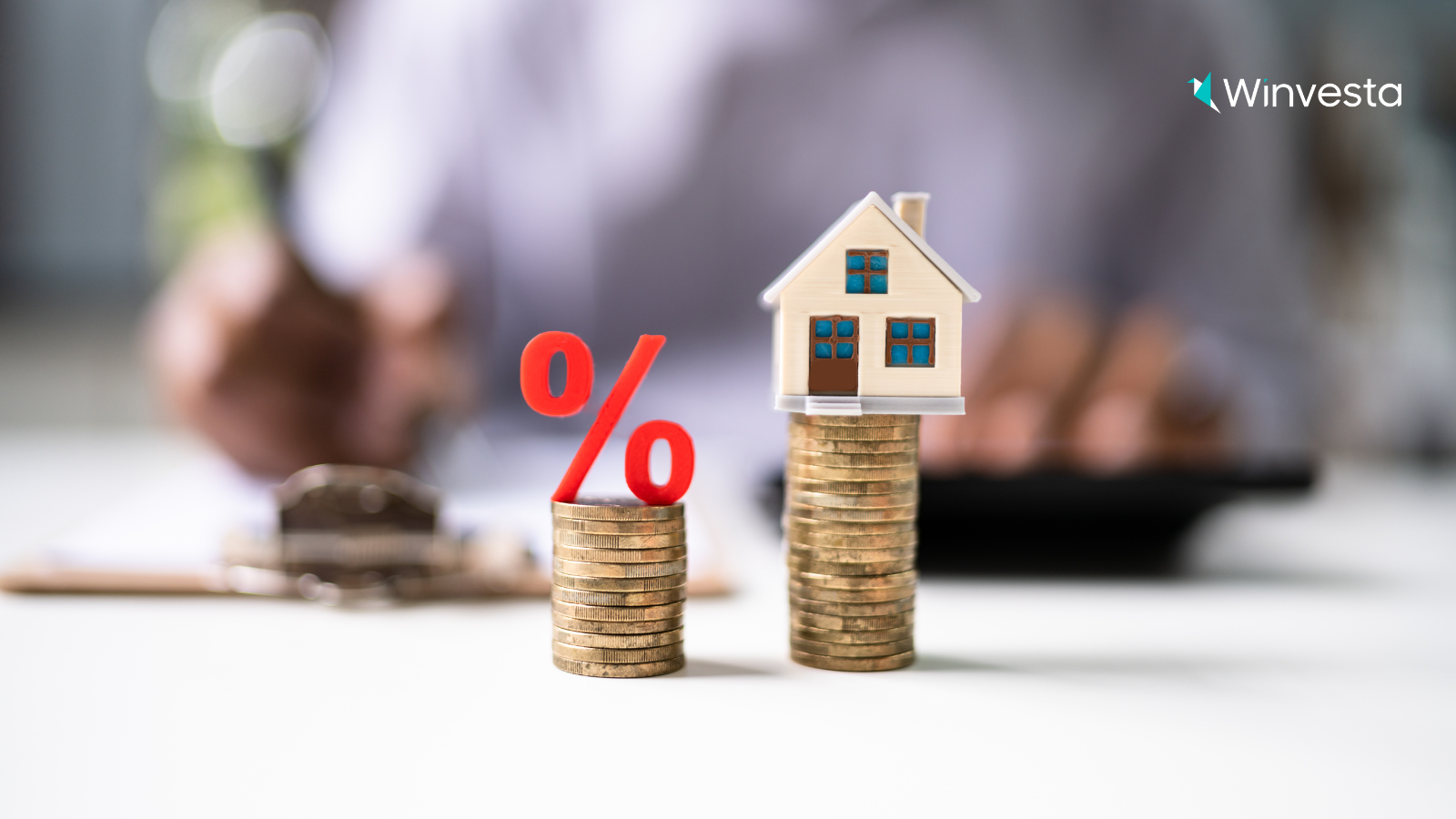Contents
Is your portfolio diversified enough for today's global world?
5 minutes read
06 June 2025

Picture this: You stream Netflix shows, order from Amazon, use an iPhone, and book Uber rides daily. Yet, your investment portfolio website only shows Indian stocks and bonds. Does this sound familiar?
We live in a connected world where borders are increasingly blurred, and global brands shape our daily lives. Indian consumers enjoy the same products and services as people in New York or London. However, when it comes to investing, most of us tend to stick to domestic choices.
This creates a dangerous mismatch. Let me explain why your portfolio needs global diversification – and how to fix it.
What does portfolio diversification mean
Think of diversification as not putting all your eggs in one basket. A diversified portfolio spreads investments across different asset types, regions, and currencies. This reduces risk while potentially boosting returns.
Portfolio management experts refer to this as the golden rule of investing. When one market falls, others may rise, helping to protect your wealth.
Why your future expenses are global (but your investments aren't)
Here's the uncomfortable truth: Your future bills will be in foreign currencies, but your savings sit in rupees. This creates a risky gap.
International education costs are skyrocketing.
Planning to study abroad or send your kids overseas? International education now costs $100,000 to $400,000 per program. Even online courses from top universities cost thousands of dollars.
When the rupee weakens against the dollar, these costs become even more expensive for Indian families.
Travel expenses keep growing.
Indians travel internationally more than ever before. Business trips, family vacations, and adventure travel all require foreign currency. These expenses accumulate to substantial amounts over time.
Dairy products are priced globally.
Your smartphone, laptop, Netflix subscription, and favourite international brands cost almost the same worldwide. Apple doesn't offer huge discounts just because you live in Mumbai instead of Manhattan.
Even fuel prices depend on global oil markets, which are priced in dollars.
The problem with home bias in portfolio design
Most investors suffer from "home bias," investing heavily in their home country while avoiding international markets. This feels safe but creates unnecessary risk.
Indian investors often think:
- "I understand the Indian market better."
- "Foreign investing is too risky."
- "Currency conversion is complicated."
However, research shows that this thinking can harm your portfolio's performance and increase risk.
Top global brands aren't available locally.
Here's something that might surprise you: Many companies you use daily aren't available on Indian stock exchanges.
You can't buy shares of Apple, Amazon, Netflix, Google, Microsoft, or Tesla through your regular Indian broker. These companies power your digital life, but their growth doesn't benefit your portfolio.
Meanwhile, Tesla revolutionizes electric vehicles, and Amazon dominates e-commerce – all while Indian investors miss out on their success stories.
How global diversification makes your portfolio stronger
%20(38).png?width=1600&height=900&name=Blog%20images%20(2)%20(38).png)
International investing offers several advantages that domestic-only portfolios can't match.
Developed markets provide stability.
Companies in the US, Europe, and other developed markets often have:
- Stronger regulations
- Better corporate governance
- More transparent financial reporting
- Lower information gaps between insiders and regular investors
This creates a more level playing field for individual investors.
Access to diverse real estate markets
Global real estate investment opens doors to:
- Higher rental yields in specific markets
- Different property cycles across countries
- Fractional ownership platforms that reduce minimum investments
Real estate markets don't move together globally. When Mumbai's property market struggles, London or Singapore's markets might thrive.
Currency protection through natural hedging
When you invest in US stocks, you own assets priced in dollars. If the rupee weakens, your dollar investments become more valuable in rupee terms.
This creates a natural hedge against currency risk – something purely domestic portfolios can't offer.
The research backs global investing.
Harvard Business School's Luis Viceira studied global portfolio performance from 1986 to 2016. His research revealed something important:
Short-term market movements might seem correlated globally, but long-term fundamentals remain different across countries. This means that patient investors still benefit significantly from global diversification.
The correlation between markets stems from investor emotions rather than business fundamentals. Over time, fundamentals win, making global diversification even more valuable for long-term investors.
Breaking down barriers to international investing
"But isn't international investing complicated and expensive?" you might ask.
Not anymore. The Reserve Bank of India's Liberalised Remittance Scheme permits individuals to invest up to ₹ 2,50,000 (approximately $ 3,500) overseas per year. A family of four can invest up to $1 million annually.
Modern investment platforms have made global investing:
- Simple to start (often taking just minutes)
- Affordable (with lower fees than traditional brokers)
- Accessible (with small minimum investments)
You can learn more about the benefits and risks of global investing here.
Building your global portfolio strategy
Begin by evaluating the meaning and structure of your current portfolio. Ask yourself:
- What percentage of my investments are in Indian assets?
- Which global companies do I use but don't own?
- What are my future foreign currency needs?
A balanced approach might include:
- Indian stocks and bonds (60-70%)
- US and developed market stocks (20-25%)
- Emerging market exposure (5-10%)
- Global real estate or commodities (5-10%)
Remember, these are general guidelines. Your exact allocation depends on your goals, timeline, and risk tolerance.

Ready to own a piece of the world’s biggest brands?
- Invest in 4,000+ US stocks & ETFs
- Fractional investing
- Zero account opening fees
- Secure and seamless
Start investing in just 2 minutes!

Build your global portfolio.
.png)
Invest in companies you love, like Apple and Tesla.

Track, manage, and grow your investments.
Real-world examples of global diversification benefits
Consider two investors in 2020:
Investor A kept everything in Indian stocks and fixed deposits.
Investor B split investments between Indian assets (70%) and global stocks (30%), including technology companies like Apple and Amazon.
During the pandemic, global technology stocks soared while many Indian sectors struggled. Investor B's portfolio performed significantly better while also being more stable.
Common mistakes to avoid
Don't make these typical errors when building your global portfolio:
Mistake 1: Waiting for the "perfect time"
Markets always seem uncertain. Starting small and gradually building exposure is more effective than trying to time the market.
Mistake 2: Concentrating on one foreign country
Diversify across multiple countries and regions, not just the US market.
Mistake 3: Ignoring costs
Compare fees across platforms and choose cost-effective options for long-term investing.
Mistake 4: Making emotional decisions
Global markets can be volatile in the short term. Stick to your long-term strategy despite temporary fluctuations.
Taking action on your portfolio management
The tools and regulations now exist for every Indian investor to build a globally diversified portfolio. The RBI has opened doors, technology platforms have simplified processes, and research confirms the benefits.
Your consumption patterns are already global. Your investment approach should match this reality.
The question isn't whether you should diversify globally – it's how quickly you can start. Your future self will thank you for taking this step toward a more balanced, resilient portfolio.
Start small, stay consistent, and gradually build your global exposure. The world's best investment opportunities are now within your reach. Why limit yourself to just one country when the world as a whole offers possibilities?
Frequently asked questions about diversified portfolio?


Contributed by Denila Lobo
Denila is a content writer at Winvesta. She crafts clear, concise content on international payments, helping freelancers and businesses easily navigate global financial solutions.



